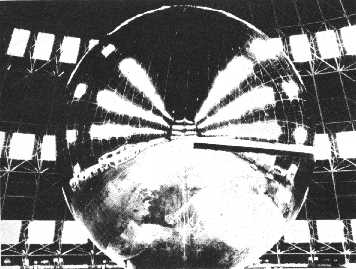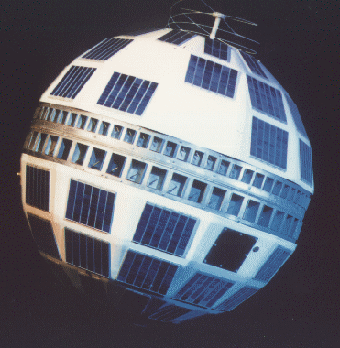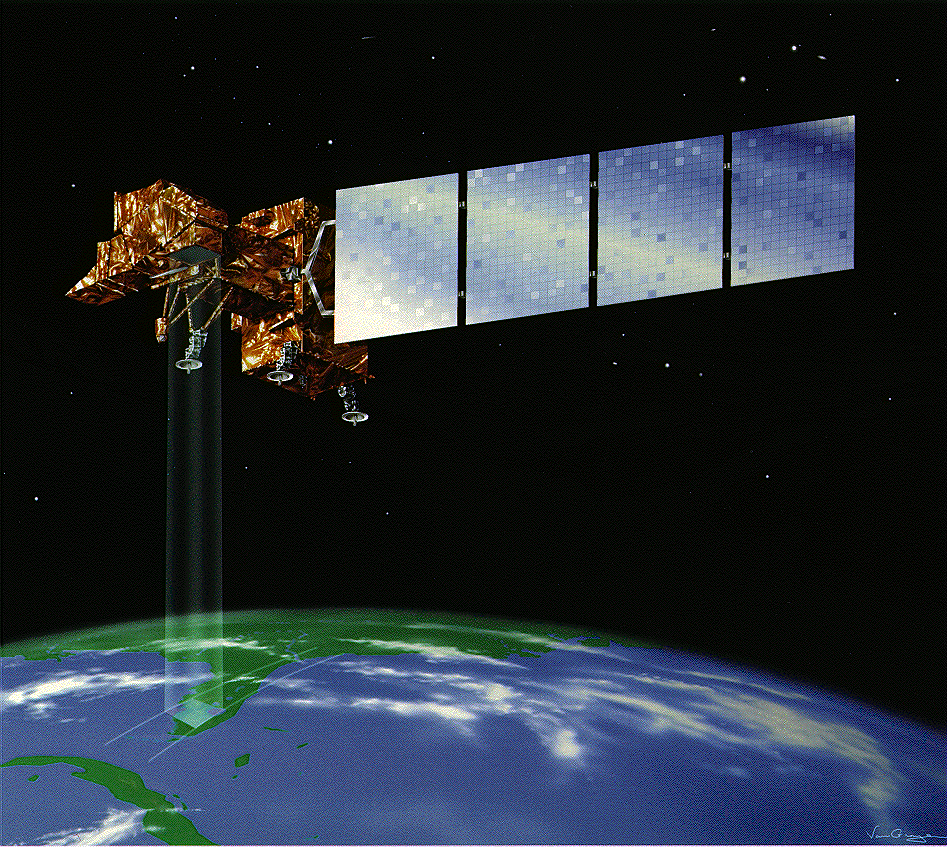
SATELLITES

In 1960, the simplest communications satellite ever conceived was launched. It was called Echo, because it consisted only of a large (100 feet in diameter) aluminized plastic balloon. Radio and TV signals transmitted to the satellite would be reflected back to earth and could be received by any station within view of the satellite. The difference between the Low Earth Orbiting communications and the Geostationary Satellite is that there needs to be an array of 66 Low Earth Orbiting satellites to cover the surface of the earth. The low earth orbit has a faster rotation.


ECHO
SATELLITE
TELNET
What does geosynchronous mean?
Geosynchronous means in step with the earth's rotation. These weather satellites orbit around the earth high above the equator such that the time required for them to complete one revolution in their orbit (with the earth at the orbit's center) is very close to the time taken by the earth to turn about itself. As a result, the weather satellite appears to hover at about the same point in the local sky. That is why it takes four geosynchronous satellites to provide a view of the entire earth. The two US satellites are located at about 76 and 134 degrees West longitude. The European weather satellite, METEOSAT is located close to the zero degree meridian, whitle Indian geosynhronous satellite is at about 75 degrees East longitude. Coverage of the western pacific and east Asia is obtained by the Japanaese GMS satellite at about 143 degrees East longitude.
The solution to the problem of availability, of course, lay in the use of the geosynchronous orbit. In 1963, the necessary rocket booster power was available for the first time and the first geosynchronous satellite , Syncom 2, was launched by NASA. For those who could "see" it, the satellite was available 100% of the time, 24 hours a day. The satellite could view approximately 42% of the earth. For those outside of that viewing area, of course, the satellite was NEVER available.
Today, there are approximately 150 communications satellites in orbit, with over 100 in geosynchronous orbit. One of the biggest sponsors of satellite development was Intelsat, an internationally-owned corporation which has launched 8 different series of satellites. Finally, they orbit 22,300 miles above the equator.
